Australian fires have imperiled up to 100 species
Scientists warn of a catastrophe as the critical habitats of rare plants and animals disappear

Wildlife rescuer Simon Adamczyk holds a singed koala on Kangaroo Island on January 7. They’re seen amidst the smoldering remnants of a gum forest. Australia’s worst fire season ever may have killed half the koalas on this island.
David Mariuz/EPA-EFE/Shutterstock
Share this:
- Share via email (Opens in new window) Email
- Click to share on Facebook (Opens in new window) Facebook
- Click to share on X (Opens in new window) X
- Click to share on Pinterest (Opens in new window) Pinterest
- Click to share on Reddit (Opens in new window) Reddit
- Share to Google Classroom (Opens in new window) Google Classroom
- Click to print (Opens in new window) Print
Kangaroo Island is Australia’s third largest. Its glossy black cockatoos have been one of Australia’s conservation success stories. Thanks to a recovery program that began in 1995, their numbers in the wild increased from 150 to 400. Scientists responded by downgrading the birds’ status from critically endangered with extinction to just endangered.
But that all changed in January. Now this bird is part of an unfolding horror story.
Fires have raged across nearly 50 percent of Kangaroo Island. That’s their 4,400-square-kilometer (1,700-square-mile) isle off the coast of the state of South Australia. Flames destroyed the habitat for most of the birds. It’s unclear how many glossy black cockatoos survived. For those that did, food may now be scarce. These birds eat the seeds of a single tree species: the drooping she oak.
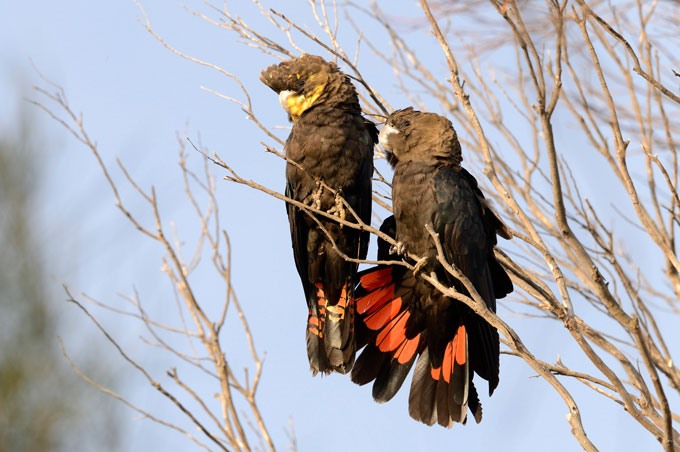
Many years of hard work to save these birds have gone up in smoke, says Daniella Teixeira. She’s a conservation biologist who works 2,184 kilometers (some 1,360 miles) away at Australia’s University of Queensland in Brisbane. This fire has brought “a big step backwards for the recovery team,” Teixeira concludes. And it’s something she understands well. She has studied and worked to protect these cockatoos for the last four years. Even if just one in every four of the birds died, she says, this subspecies could again be deemed critically endangered with extinction.
Similar stories are playing out across Australia. As of January 12, months of wildfires had burned nearly 11 million hectares (more than 42,470 square miles). That’s an area larger than the nation of Guatemala and a little bigger than the state of Tennessee. More than 2,200 homes have gone up in flames and 29 people died. And another two months of bush-fire season still remains. Already, the toll on animals and plants, many of which are unique — found nowhere outside Australia — boggles the mind.
It’s an ecological disaster never before seen in this nation’s history. More than 1 billion animals have been killed so far, says Christopher Dickman. He’s an ecologist at the University of Sydney. That estimate is not from an actual body count. Instead, scientists calculated the estimate from previous calculations of how many Australian animals had been lost over a given area due to land-clearing practices.
And, of course, the true number is likely to be much, much higher. After all, that estimate did not account for bats, frogs or invertebrates — such as insects, worms and spiders. “Invertebrates make up more than 95 percent of animal species and the vast majority of animal biomass,” notes Mike Lee. He’s a biologist at the South Australian Museum in Adelaide. Invertebrate losses alone, he fears, could therefore number in the trillions! Among those goners could be the vulnerable Richmond birdwing butterfly (Ornithoptera richmondia). Also likely to be among the big losers: many species of peacock spiders. These jewel-hued arachnids, which hail from eastern Australia, may have been badly impacted.
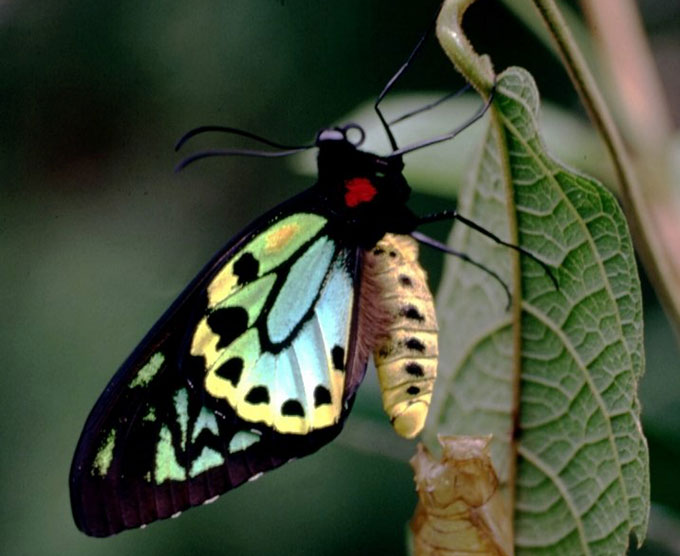
This season’s bush fires have spread widely and quickly, sometimes propelled by winds of up to 60 kilometers (37 miles) per hour. Largely tree-bound species, such as koalas, will have had little chance to escape oncoming fire fronts. Smoke and strong winds have left many birds so confused that they weren’t able to find safe havens.
The fires have incinerated many habitats, setting up a crisis that will continue long after the flames are gone. Even if animals such as small marsupials survive the fires, no suitable homelands or food for them may remain. And that can leave them at risk of being picked off by human-introduced predators, such as cats and foxes.
Endangered species often are at risk of extinction precisely because they have adapted to some very specific ecosystem. They may depend on just one type of tree or pollinator or environment. If fires eliminated that, or wiped out safe corridors between patches of such ecological niches, the animals may not be able to survive. The glossy black cockatoo is just one of 20 to 100 threatened species — plants and animals — that a group of scientists now report have lost most of their habitat to the fires if not all of it.
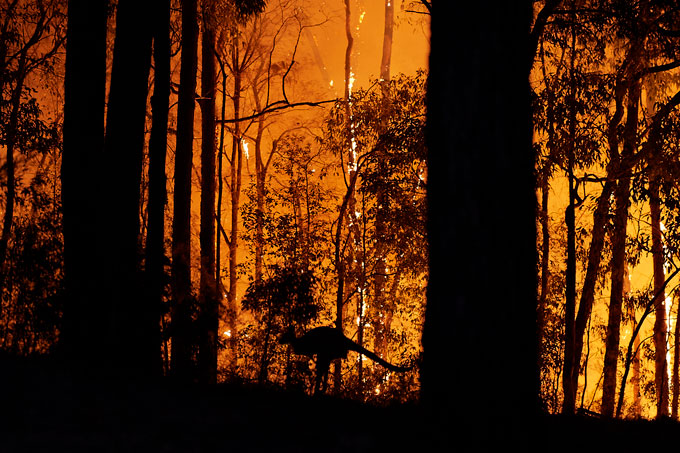
Six of Australia’s leading biologists, including Dickman, published the first written estimate of the scale of the damage on January 8. It appeared in The Conversation. This nonprofit online publication publishes commentary from researchers.
“Some animals may have been lucky enough to find refuge,” says Euan Ritchie. He’s an ecologist at Deakin University in Melbourne, Australia. “However, given the scale and severity of these fires [in Australia], there’s no question that, even common species — and not just threatened species — will have been affected quite dramatically.”
Extreme fire season
Wildfires are common in Australia. But 2019 was the hottest and driest in 120 years of record-keeping. As a result, its annual fire season — which typically peaks in January and February — started early. Blazes began in September, fueled by tinder-dry conditions. This was true even in places that don’t typically go completely dry.
This season’s fires have ravaged Kangaroo Island. A NASA satellite image from December 19, before the fires, shows its lush greenery. By January 7 (scroll to right), much of the island’s west end had burned. Since then, even more of the island has been consumed by flames.
NASA Worldview
“We haven’t seen a fire season like this ever,” says Ritchie. “Climate scientists and ecologists predicted these worse fires as a result of climate change. And we’re now seeing them happen.”
In fact, this season’s fires have run through many habitats that usually never burn. These include rainforests, marshes and wet eucalyptus forests. In these habitats, many of Australia’s most threatened species have populations numbering fewer than several hundred individuals. They also may have very restricted ranges — placing these plants and animals at high risk of catastrophe.
Consider Nightcap National Park. It’s in the typically wet north of the eastern state of New South Wales. Here live many relict species of ancient dinosaur-era trees. They’re descendants of a time when Australia was part of a long-ago supercontinent known as Gondwana. Fires that started in September swept through the park. Scientists from Sydney’s Royal Botanic Garden now fear for more than 30 rare tree species. They include the critically endangered Nightcap oak and endangered peach myrtle. Both had started out 2019 with relatively few individuals, all closely clumped.
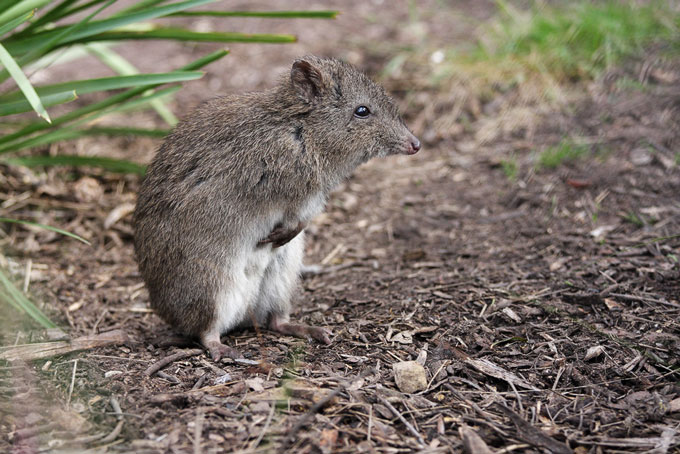
Similar stories are playing out in other parts of Australia. In the largely wilderness area of East Gippsland, January fires are thought to have destroyed the habitat of the long-footed potoroo. This endangered, forest-dwelling rat kangaroo survives on a fungal diet of truffles.
Beyond the glossy black cockatoo
Kangaroo Island’s vast tracts of amazing wilderness include a series of national parks and protected areas. Besides the glossy black cockatoo, the island’s dunnart is also imperiled. It is a critically endangered, shrew-sized marsupial. Before the fires, it lived in a small, protected area on the island’s west side. In January, flames engulfed the entire region.
“I can guarantee this population has been very negatively impacted by these fires,” says Pat Hodgens. An ecologist, he works for a conservation group called Kangaroo Island Land for Wildlife. “Every one of 13 sites we’ve had dunnarts at in the last three years has been totally burnt,” he says. A large share of the dunnarts now “are likely to have perished.”
He tweeted a photo showing one that had been spotted on a camera trap in January. Still, the outlook is grim for this species that had only an estimated 500 individuals before the fires.
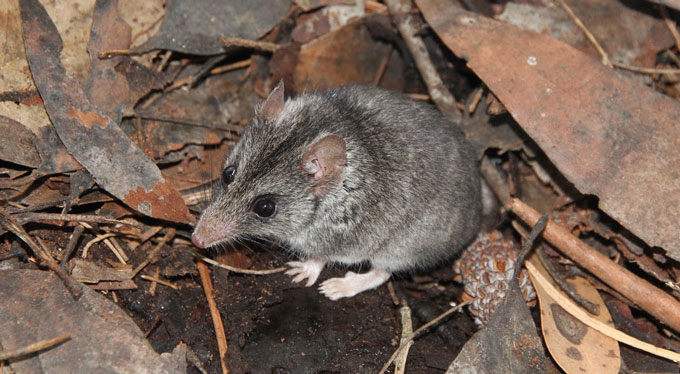
Yet even many common species face big troubles. It appears that already three in every 10 koalas that had been living in the eastern state of New South Wales — perhaps 8,000 animals — died in late-2019 fires. A disease had also been ravaging many koalas. So the 50,000 koalas on Kangaroo Island were regarded as an important insurance population. They were free of the disease. Now, scientists fear that fires may have killed off up to half of the koalas on this Island.
Ashy aftermath
The heavy rains that could extinguish Australia’s raging infernos are likely still several months away. And the arrival of these downpours could pose their own problems. All of that water will wash vast quantities of soot and ash into rivers, lakes and the ocean. This could sicken freshwater and marine species.
“The addition of ash might lead to a large nutrient input to the water column,” explains Shauna Murray. She’s a marine ecologist at the University of Technology Sydney and the Sydney Institute of Marine Science. That sudden abundance of nutrients could fertilize the growth of algae. Such a sudden bloom of algae could temporarily suck much of the oxygen out of these waters, killing fish and other organisms that had been living there.
It’s not yet safe for researchers to return to fire-prone regions to look for damage. So it will be some time before the full extent of the damage to Australia’s living resources is tallied. But this nation already has attained the record of being home to the first species lost to human-caused climate change. It was a rodent known as the Bramble Cay melomys. It was washed to sea by a storm surge on a Great Barrier Reef island in 2016. Now ecologists fear they may have to add more species to that list.







